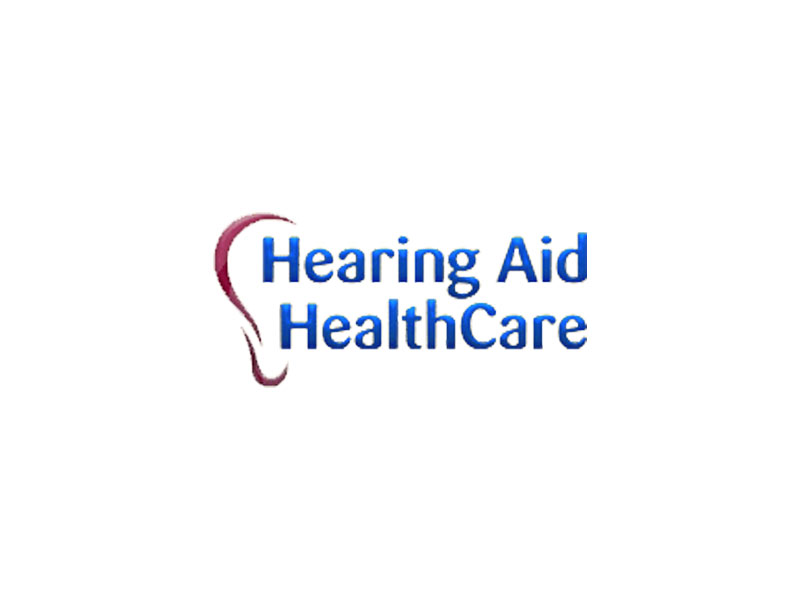Public health officials believe that nearly 26 million people across the United States are affected by noise-induced hearing loss (NIHL). Noise-induced hearing loss is caused by contact with unsafe noise levels of 85 decibels or higher, and can be temporary or permanent. The types of noises that can bring about NIHL range from everyday city traffic at approximately 85 decibels to motorcycles, firecrackers and firearms which may exceed 120 decibels. Thankfully that your local sporting goods and hardware shops most likely have a variety of hearing protection devices on hand which will help safeguard your hearing in a large variety of circumstances.
The rating system for hearing protection
In the US, hearing protection is rated based on its level of protection in a system called the Noise Reduction Rating (NRR). The NRR system provides ratings from 0 dB to 33 dB, with the higher numbers providing a higher level of protection, or noise reduction.
Earmuffs versus Earplugs
Electronic earmuffs cover the entire ear with a soft insulating material and, while many models look the same to non-electronic earmuffs, they are very different. Some models are better suited to sudden and intermittent loud sounds, such as gunshots. Other earmuffs designs include a 2-way radio system to allow for conversation between individuals working in loud environments. Still more even offer radio reception, perfect for doing noisy yardwork.
Electronic earplugs are compact devices positioned inside the ear to filter extremes in outside noise, while still enabling you to hear lower-level sounds close to you. For unforeseen noises, such as gunfire, the earplugs self-adjust. Some varieties of electronic earplugs can allow lower-decibel sounds including speech to reach the wearer while also blocking dangerous noises. These may be especially helpful in conditions where earmuff-type protection is too cumbersome or in conditions where the user needs protection from frequent loud noises but still has to hear other sounds in the environment.
